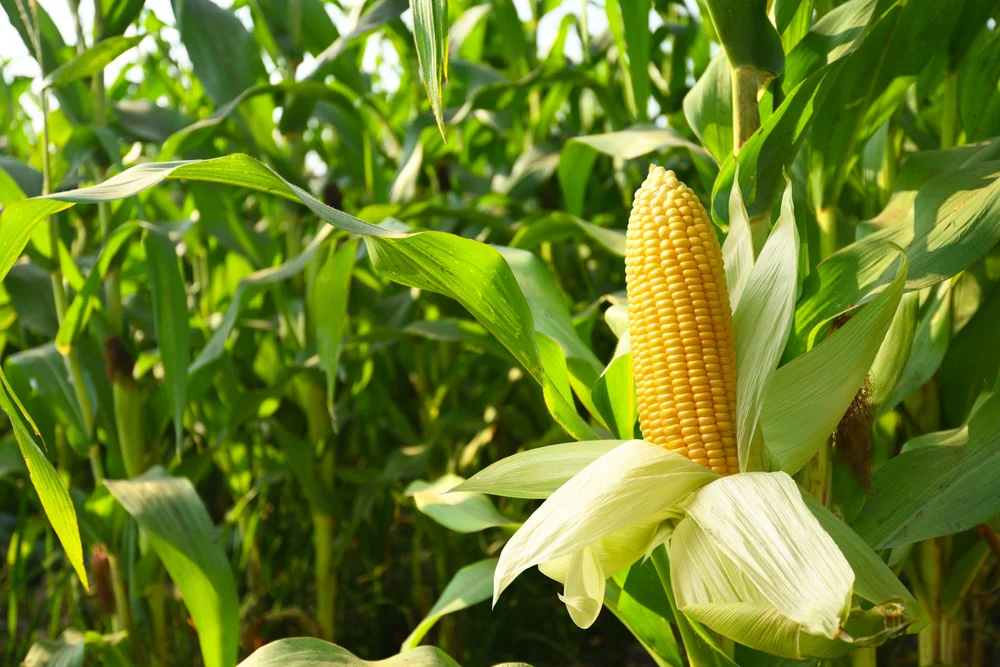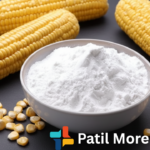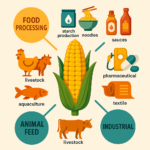India is one of the world’s largest maize producers, and its sowing season in 2025 is already drawing the attention of global importers. With a dual cropping system—Kharif and Rabi maize—India ensures continuous supply for both domestic industries and export markets. This advantage makes Indian maize particularly attractive for countries looking for bulk maize suppliers that can deliver fresh, affordable, and export-grade products. Among the top producing regions, Maharashtra stands out for its strong contribution to maize sowing and reliable yield patterns. For buyers planning bulk imports, understanding India’s sowing cycle is the first step to securing consistent supply throughout the year.
India’s Maize Sowing Cycles and Maharashtra’s Role
The strength of India’s maize production lies in its two major sowing cycles. The Kharif maize crop is sown with the arrival of the southwest monsoon in June and July, and harvested in October and November. This crop accounts for nearly 70% of India’s annual maize production and is critical for ensuring export volumes during the last quarter of the year. The Rabi maize crop is sown in October–November and harvested between January and March, extending availability into the first quarter of 2026. This dual-cycle system ensures that global buyers can depend on India for maize throughout the year, unlike single-season suppliers.
Maharashtra is a major contributor to India’s maize production, particularly in districts like Nashik, Pune, and Kolhapur. Farmers here benefit from timely monsoon rainfall and irrigation support, making it a dependable sourcing hub. Additionally, with India’s government allowing maize to be used for ethanol alongside sugarcane, maize farming in Maharashtra is becoming even more profitable for farmers. This translates into larger surpluses for export markets, allowing international buyers to rely on Maharashtra’s consistent maize supply.
Global Demand for Indian Maize in 2025
India’s maize production for 2024–25 is estimated at 38.1 million tonnes, a figure well above the five-year average. This ensures a reliable base for both domestic demand and international exports. Indian maize is highly valued across Asia, Africa, and the Middle East for its versatility. It is widely used in animal feed for poultry and livestock, in the food industry for cornmeal, starch, and snacks, and in industrial applications such as brewing and biofuel production.
In recent years, countries like Bangladesh, Vietnam, Nepal, Malaysia, Sri Lanka, and Oman have increased their imports of Indian maize. In FY 2023–24, India exported around 1.44 million tonnes of maize worth USD 443 million, with Japan and Sri Lanka among the top destinations. These buyers prefer Indian maize not only for its competitive pricing but also for its quality, non-GMO status, and timely availability. Along with maize, India is also a leading exporter of fresh Red Onions and value-added Onion Powder, which enjoy strong demand across Asia and the Middle East.
Why Choose Patil More Exports for Bulk Maize Supply
or global importers, choosing the right export partner is as important as choosing the right crop source. Patil More Exports, based in Maharashtra, has established itself as a trusted name among maize exporters in India. By sourcing directly from farmers and cooperatives, we ensure that every shipment meets international standards for quality, purity, and moisture control. Our maize is carefully dried, cleaned, and packed to preserve its natural freshness during transit.
Beyond quality, we understand the importance of cost efficiency and timely delivery. With access to major Indian ports and streamlined logistics, Patil More Exports delivers maize at competitive prices without compromising on reliability. Whether importers need container loads or large vessel shipments, we offer flexible solutions tailored to their requirements. We specialize not only in bulk maize exports but also in a diverse agro portfolio, ensuring our buyers get multiple products from a single trusted partner.
Frequently Asked Questions (FAQ)
Q1: When is the maize sowing season in India 2025?
A: The Kharif season begins in June–July with harvest in October–November, while the Rabi season starts in October–November with harvest in January–March.
Q2: Why should importers prefer Indian maize?
A: Indian maize is non-GMO, cost-effective, and available year-round due to its dual cropping system, making it highly reliable for international markets.
Q3: What are the main uses of Indian maize in global markets?
A: It is widely used in poultry feed, livestock feed, starch production, food processing, and ethanol manufacturing.



